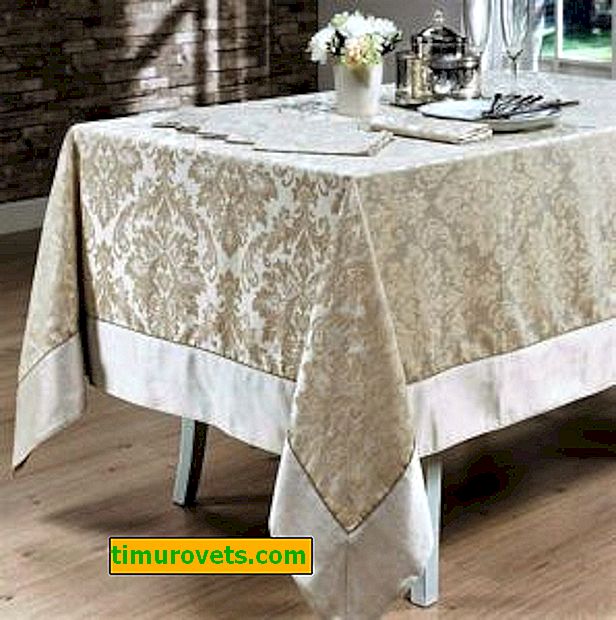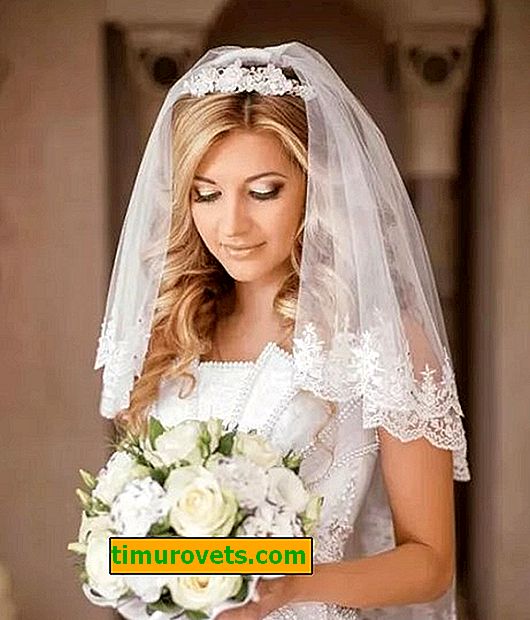
What threads are suitable for crocheting a tablecloth

How to calculate the size of the tablecloth on a rectangular table
A very interesting question regarding the size of the tablecloth. They are all different, and each has its own allowance. In fact, it’s very simple to calculate the size, you need to measure the length and width of the table, and then add an allowance that is multiplied by 2 to each measure .

- For the holidays. This model is designed for a holiday in the home walls. Here it’s already worthwhile to cover the table legs a little more than for everyday use. The allowance of this option will be in the range of 20-30 cm.
- Wedding, formal reception and banquet. A significant event for such events, the model should hang 40 cm from the edge.
- Buffet table. In the case of a buffet table legs should not be visible at all, and therefore the tablecloth should be exactly with the floor. Therefore, you should make a measure of the height of the table.
Following the rules of good form, you can knit several tablecloths for different occasions. And use them as the triumph approaches.
Important! Based on the necessary allowance, you need to dial the correct number of loops and knit as many rapports in height as size will require. You need to do this by knitting density.

x is the number of loops in the set;
a - cm for a set;
in - loops of 10 cm;
s - 10 cm.
x = (av) / s.
Selection of patterns for tablecloths on a rectangular table crocheted

Schemes for beginners
A very simple pattern of three double crochet stitches, air stitches and single crochet stitches. The result is a canvas with small flowers and something very reminiscent of a mesh.

Next, three patterns from the filet category with very beautiful patterns of flowers and leaves.

Simple outline with petals.

Another simple option for fillet knitting.

The latter model is more complicated, with a border and different elements for it. These patterns are suitable for the beginner, since the patterns are not very complex and do not require constant loop counting. Behind the net is a flower, followed by a simple net again.
Interesting patterns for crocheting a tablecloth
Very beautiful models can be performed according to the schemes below.
An interesting pattern with rectangular motifs.

Pretty dense tablecloth with crochets.

Openwork tablecloth with bumps.

Pattern for knitting products with a large hem.

Scheme with a flower of 4 petals.

Thick tablecloth with interesting patterns.

For such patterns, you need a crochet skill. But if a beginner believes in himself, then why not try yourself on quite unusual models for the table.
Knitting patterns for tablecloths
Not only the border helps to supplement the tablecloth. To make it not so boring will help a small decor. let it be a tiny heart and the tablecloth will not be the same as everyone else.

And what charming flowers can be performed according to the given schemes. Very nice. Isn't it nice and warm to get a tablecloth as a result?

Option for knitting daisies.

Volumetric rose from threads.

How to tie a simple tablecloth onto a rectangular table step by step
A very beautiful and very simple tablecloth with birds for a rectangular table. The model is made using a simple fillet grid with a simple canvas pattern.

To work, you will need:
- iris yarn about 200 gr;
- hook number 0.85.
The size of the product will be 100 x 60 cm.

Stage: set . Crochet 366 air stitches.
1 row: 1 kns knit in the 9th loop and this will turn out the first box, * 2 air loops, a single crochet in the 3rd and continue such squares until the end of the row. The work takes place in the technique of fillet knitting. Knit filled squares with crochet columns.
Stage: border . Only 4 rows were used for strapping and they are presented in the diagram.

Stage: drying. To get a flat and very even product, you need to wet a towel and spread the finished work, put a towel on top and wait for it to dry completely. After ironing.
Crochet a festive tablecloth: step-by-step description
Very elegant model of thin lace. Actually, it is not performed as difficult as it might seem in the finished version. The whole canvas consists of small motifs. These are squares with a side of about 10 cm. Charming snowflake squares make up the whole product.

To work, you will need:
- fine yarn (cotton or iris);
- hook on the thickness of the thread.

Stage: measurements. They took measurements for their table according to the proposed option.
Stage: sample. In this case, one motive must be used as a sample. Measure its sides and calculate how many such motives will be needed for the dimensions of the length and width of the desired product.
Stage: motive. Perform the motive according to the proposed scheme. A charming square from the center begins. This is a ring of air loops. Further in a circle of 10 rows and the motive is ready. Due to the special addition on 4 sides in each row, a square product is obtained.

Motive scheme:
- 1 row: after the ring of air loops (16), a row of columns with 1 double crochet begins, knit 31 columns with 1 double crochet (use 3 air loops to lift), at the end make a simple connecting column.
- 2 row: three lifting air loops, 3 air loops, two columns with 1 double crochet in the following columns, two air loops, 4 columns with 1 double crochet, 2 air loops and then the report starts again (in the circle you should get 4 reports )
- 3 row: consists of 4 reports (2 columns with 1 yarn, 3 air loops, 2 columns with 1 yarn, 2 air loops, 8 columns with 1 yarn, 2 air loops).
- 4th row: consists of 4 reports (2 columns with 1 double crochet, three air loops, two columns with 1 double crochet, 2 air loops, 12 columns with 1 double crochet, 2 air loops).
- 5 row: consists of 4 reports (2 columns with 1 yarn, 3 air loops, 2 columns with 1 yarn, three air loops, 16 columns with 1 yarn, 3 air loops). Further similarly with the addition of loops.
Stage: assembly. To knit the required number of motives and then just sew them in the corners.
So it turns out a very beautiful and festive model.









